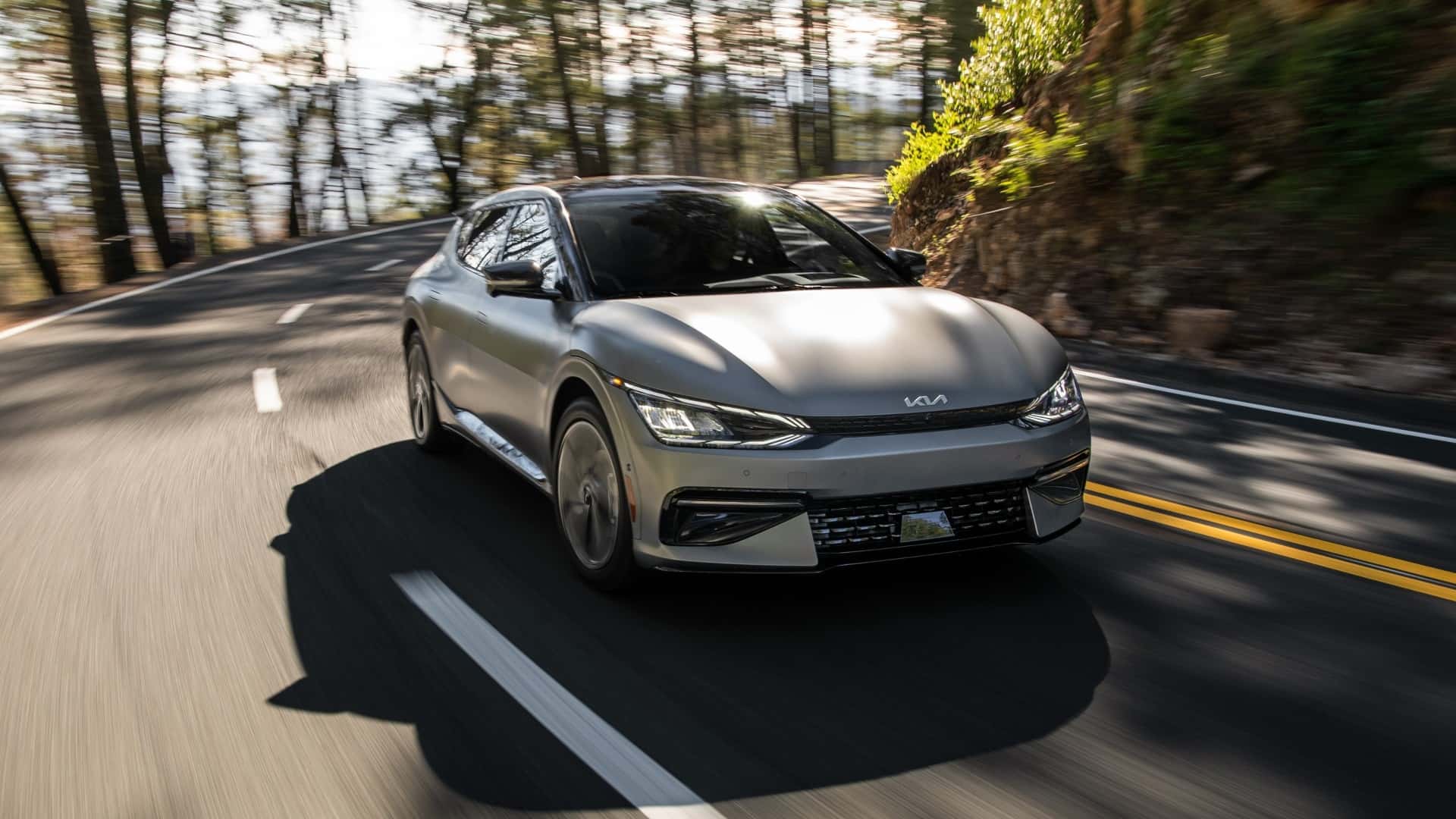Seamless Charging With Plug & Charge
Kia is rolling out a major convenience feature for its latest electric vehicles. By the end of this year, owners of the 2025 Kia EV6 and the 2026 Kia EV9 will gain access to Plug & Charge, a technology that allows drivers to simply plug their EVs into a compatible DC fast charger and start charging instantly—no apps, cards, or extra steps required.
As long as drivers have a valid payment method stored in Kia’s Charge Pass system, the car and the charger will handle authentication and billing automatically. This makes the entire process faster and more user-friendly, easing one of the biggest pain points of EV ownership.

Compatibility With Tesla and Electrify America
Kia says its Plug & Charge system will work with major charging networks, including the Tesla Supercharger network and Electrify America, both of which already support the standard. These are significant additions, as they represent two of the largest fast-charging networks in the United States.
The EV6 and EV9 are also the first Kia models to feature a native Tesla-style NACS charging port, which eliminates the need for an adapter at Tesla Superchargers and select Electrify America stalls equipped with NACS connectors. This change follows a wave of automakers adopting NACS to provide better access to Tesla’s extensive charging infrastructure.
What About CCS1 Chargers?
While NACS is gaining traction, most non-Tesla DC fast chargers in the U.S. still rely on the CCS1 standard. This means that EV6 and EV9 owners looking to charge at these stations will still need an adapter. Kia has not yet announced whether it will include adapters with new vehicles or sell them separately, but Plug & Charge will still work as long as the vehicle can connect to the CCS1 charger.
Rollout Timeline
According to Kia, the update will roll out in phases. 2025 Kia EV6 owners can expect Plug & Charge capability by the end of September 2025, while 2026 Kia EV9 owners will see the feature arrive by the end of the year. Kia said customers will receive notifications once the upgrade is available, along with detailed instructions on how to activate and use the service.
A More User-Friendly EV Future
“With Plug & Charge, we’re making the EV experience more user-friendly than ever,” said Sujith Somasekharan, Connected Car & Mobility Director at Kia America. “Our goal is to make electrified mobility effortless, secure, and connected – and this technology brings us one step closer to that reality.”
The Plug & Charge experience is already familiar to Tesla owners, who have enjoyed seamless authentication and billing at Superchargers for years. But now, more and more non-Tesla EVs are gaining access. Rivian owners, for example, can already use Plug & Charge at Tesla Superchargers and Ionna’s new Rechargeries, while Volkswagen ID.4 drivers benefit from Plug & Charge at Electrify America stations.

Why This Matters
As charging infrastructure evolves, Plug & Charge and NACS ports are quickly becoming the new standard. For Kia EV6 and EV9 drivers, that means a smoother, faster, and less stressful charging experience—much closer to the ease of fueling a gas car.
Recommend Reading: Hyundai and Kia Report Record-Breaking EV Sales in August








Share:
2026 Subaru Solterra Delivers More Range, Power, and Comfort—At the Same Price
Stellantis Unveils IBIS: A Smarter, Smaller EV Battery That Boosts Range and Charging